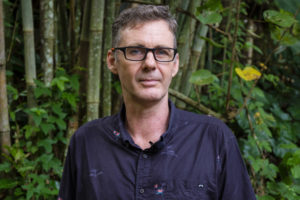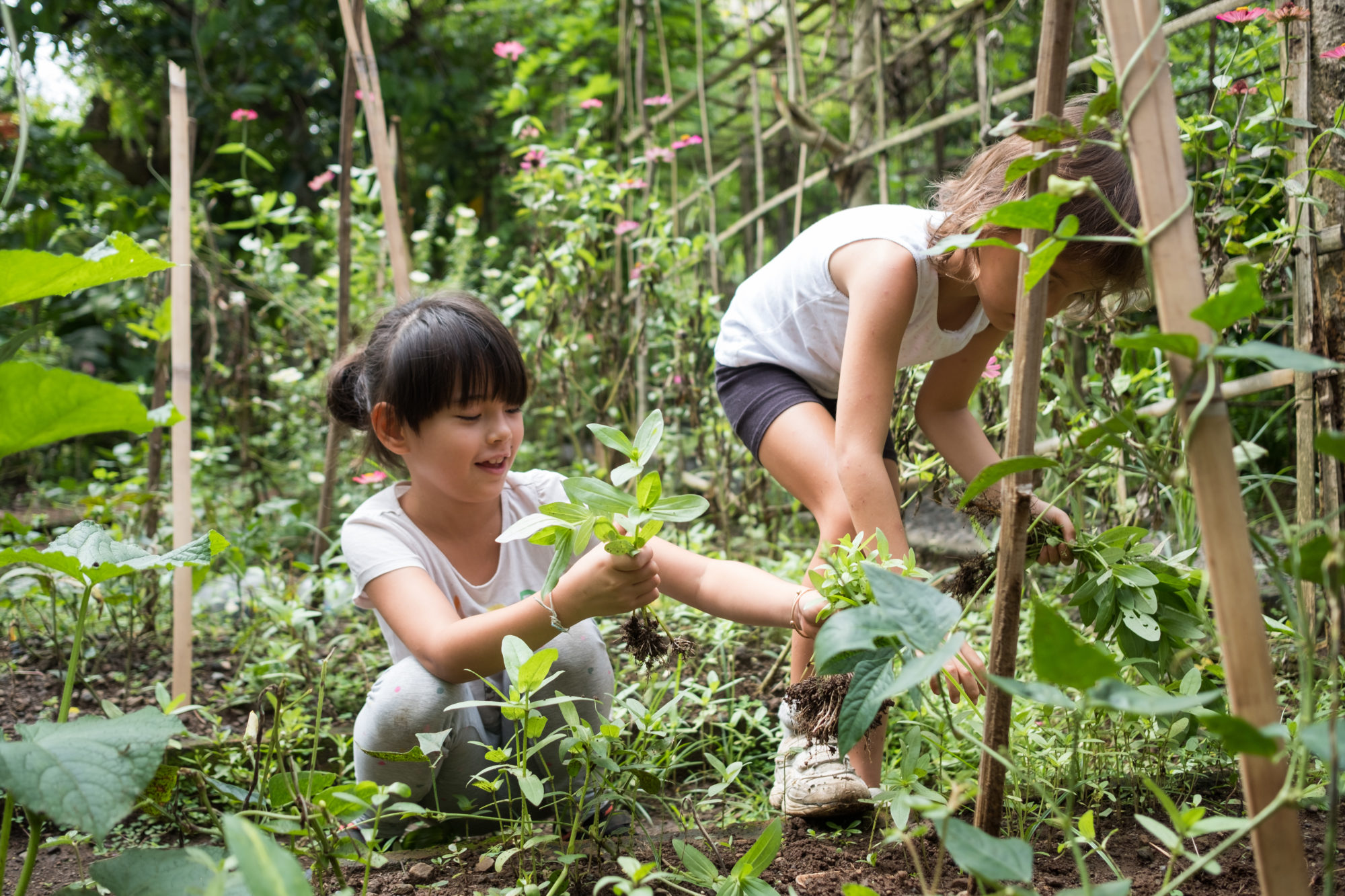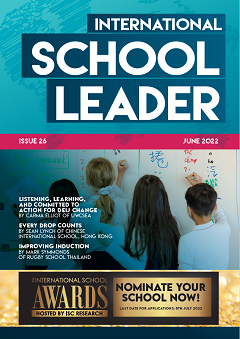Sal Gordon inspired many at this summer’s ISC Research Edruptors Conference with his advice for international schools on embracing sustainability within the school ethos. Here he expands on his conference comments.
At Green School Bali (GSB) we believe that all learning should be relevant to the world around us; it should be fun and should connect us with the natural world and with different people. We believe learning should have an impact now. Our mission (‘A community of learners making our world sustainable’) is more than just words on a website – it is the foundation of everything we do.
Globally, the ships of education are turning their direction, bringing focus to climate change, elevating environmental learning and changing school practices to be more sustainable. But squeezing in lessons on the environment and installing some solar panels or a school vegetable garden is not sufficiently integrated, deep or urgent to address what children need to be learning or what the world needs to solve its problems.
Schools need to rapidly redefine their very culture and develop a community sustainability mindset. They need to be centres of learning and innovation. Schools should be places where students learn about the real challenges and the real opportunities that exist in the world today and in their futures. Schools should be places that are all about upskilling and harnessing the ingenuity of humanity. To test, explore, fail, redesign and take action… to make a difference – now!
Empower your students
Making change as an educator, as an independent school, public school or even a school network is possible. Whether top-down, bottom-up, outside-in or inside-out, the possibilities are limited only by inertia. We owe these changes to future generations; it is the least we can do considering the challenges they are inheriting.
In my classrooms, the lessons I loved the most – and, more importantly, that my students loved the most – were those that allowed students to input ideas on what they wanted to learn and how they wanted to demonstrate their learning. It was important that students trusted that their ideas (as out-of-the-box as you want) were taken seriously by me. Diving into class research on a tangent idea? Yes! Allowing students to write and perform a rap for their final assessment? Yes!
In terms of learning programme design, GSB has so many examples of ‘wild ideas’ that became stand-out Green School magic. The best ideas get traction, both organically, because they resonate with students and teachers, and with intention. Intention because they are relevant to the world, relevant to our mission and values. Intention because they are packed with rich and real learning.
Start with a real world problem. Think global, act local.
Born from the problem of vehicle emissions, the Bio Bus project takes used-cooking oil and runs our school buses. We wanted to tackle waste, so parents and students built a recycling centre on campus. Standing up for the rights of women, the entire Green School community comes together on V-Day to raise their voice against gender inequalities. Our Kul-Kul Connection programme provides ‘ELL through Sustainability Education’ to 300+ local Balinese students. Students embark on individual, real projects, culminating in Ted-talk style presentations (a graduation requirement for Grade 8 and Grade 12) in front of 600+ people, live-streamed. These all started as wild ideas. These examples become infused in learning across the school.
Opening up the learning programme to new, innovative, integrated units is happening all the time. When John Hardy (Green School founder) told me to build a bridge across the river (a real bridge across a real river) in my Middle School maths classes… it was done! When two sisters wanted to ban single-use plastic bags, we helped them create Bye Bye Plastic Bags (now a global phenomenon). In fact, GSB was once just a wild idea of John and Cynthia Hardy (and every day I am grateful they made their idea a reality). Point made.
GSB has had and continues to have the opportunity to redefine what a school is and what a school does. We are well aware, from countless interactions with educators around the world, that significant change within a set, traditional school system is much more difficult. However, if change needs to happen, if we want education to get out of the time capsule and catch up with the fast-changing world, then schools everywhere (regardless of where they are and what curriculum they follow) need to change. And they can.
Be a community for change
When designing opportunities for students to engage in sustainability-based learning experiences, we look towards our local environment and community. Many of our projects stem directly from the needs of the community. We like to see schools as places of learning that have an impact, and give learners the opportunity to experience this impact, to feel it in their minds and their hearts.
We all have the potential to be change-makers. Change-makers come in all shapes and sizes – from our youngest students to our graduating seniors, from our teachers to our parents; from huge ideas that can change the world, to personal ideas that make a difference to an individual’s life. If schools aren’t places that respect student ideas, then young adults leave 12 years of formal schooling without any chance to plant and grow their own seeds of wild ideas. If schools aren’t places that promote revolutionary ideas to change education, then education will not change – and it needs to.
I invite all educators and administrators to accept the challenge, to dream big and bring real learning to their students – with skills and values, with projects and entrepreneurship, with community service and with passion projects. It is about taking the opportunity, and owning the responsibility, of educating youth so that they can continue on their lifelong learning journey with the knowledge, skills and mindsets that will allow them to make a difference in their own lives and, potentially, in the real world. Educating for sustainability is a platform to help make these changes happen.
How to make it happen
Bringing sustainability into any school or education system may be challenging, but it is possible. A waterfall starts from a single water droplet. Here are some ‘droplets’ (action items) to get you started:
- Embed a sustainability mindset into your school values.
- Understand the most important sustainability issues to your direct and local community, but don’t try to solve them as administrators and parent groups – instead, provide support for students to solve these problems with their learning.
- Identify whole-community days and events that provide opportunities for your students to learn, and for your whole community to share and celebrate together (eg, Earth Day, World Oceans Day, Diversity Day).
- Take a deep dive into the United Nations Sustainable Development Goals as reference points to key sustainability issues, and find ways to integrate the goals into the learning experiences of your students. The Permaculture Principles and the Sustainability Compass are also excellent lenses.
- Make connections to organisations outside of your school. Bring the world into your campus and into your learning programmes by inviting passionate experts.
- Provide opportunities for your students to make an impact with their learning now – not just to learn about a sustainable future, but to make it happen.
- Dream big! Take calculated risks with your learning programmes and community events. Some of the best learning as communities is achieved from making mistakes.

Sal Gordon is Head of Teaching and Learning – Principal at Green School Bali. You can connect with Sal directly on LinkedIn
Subscribe to ISL Magazine for more!


